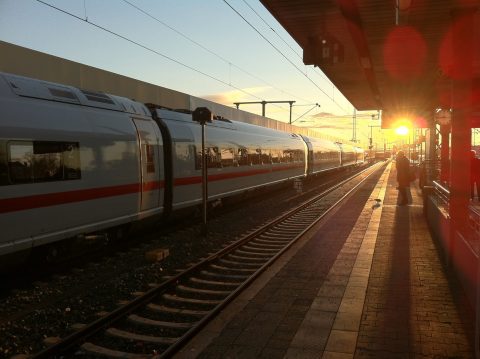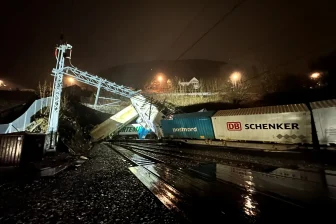
European rail traffic on the rise again, but not yet back to normal
Train in Germany
With Covid-19 on a retreat, rail traffic in Europe is growing, but the effects of the crisis can still be seen with 25 per cent fewer passengers this March compared to before the pandemic. This appears from the latest update of the CER Crisis Impact Tracker, carried out by the Community of European Railway and Infrastructure Companies (CER).
Want to read more?
You have read all of your free premium articles for this month. Please become a subscriber to keep reading.
Subscribe now!
Take advantage of our exclusive offer to get full access to all premium content.




However for sustainability, primarily costs now soundly have to be reduced – all the way.
Accordingly, high utilisation of infrastructure and of assets, has to be provided for. (Costly stops, etc., no longer are accepted,)
Maintenance shall not, as currently, be at the mercy of taxpayers, but by demand – and sustainably financed, by traffic, etc. (Quality pays!)
Ensured nearness, shall be constructed for! (It is 2022 now!)
It is interesting to see that, while travel volumes were down 63% to 66% in Jan-April 2021, revenue losses were “only” 50%, equivalent to an increase of income of almost 50% per passenger-km.
Was this the result of more pre-booked trips that were ultimately not made, but had been paid in advance? Are such events, i.e. paid trips that were not made, counted as volume loss at all?
Or were it mainly reimbursements from governments for operation contracts that kep up income stromger than volume?